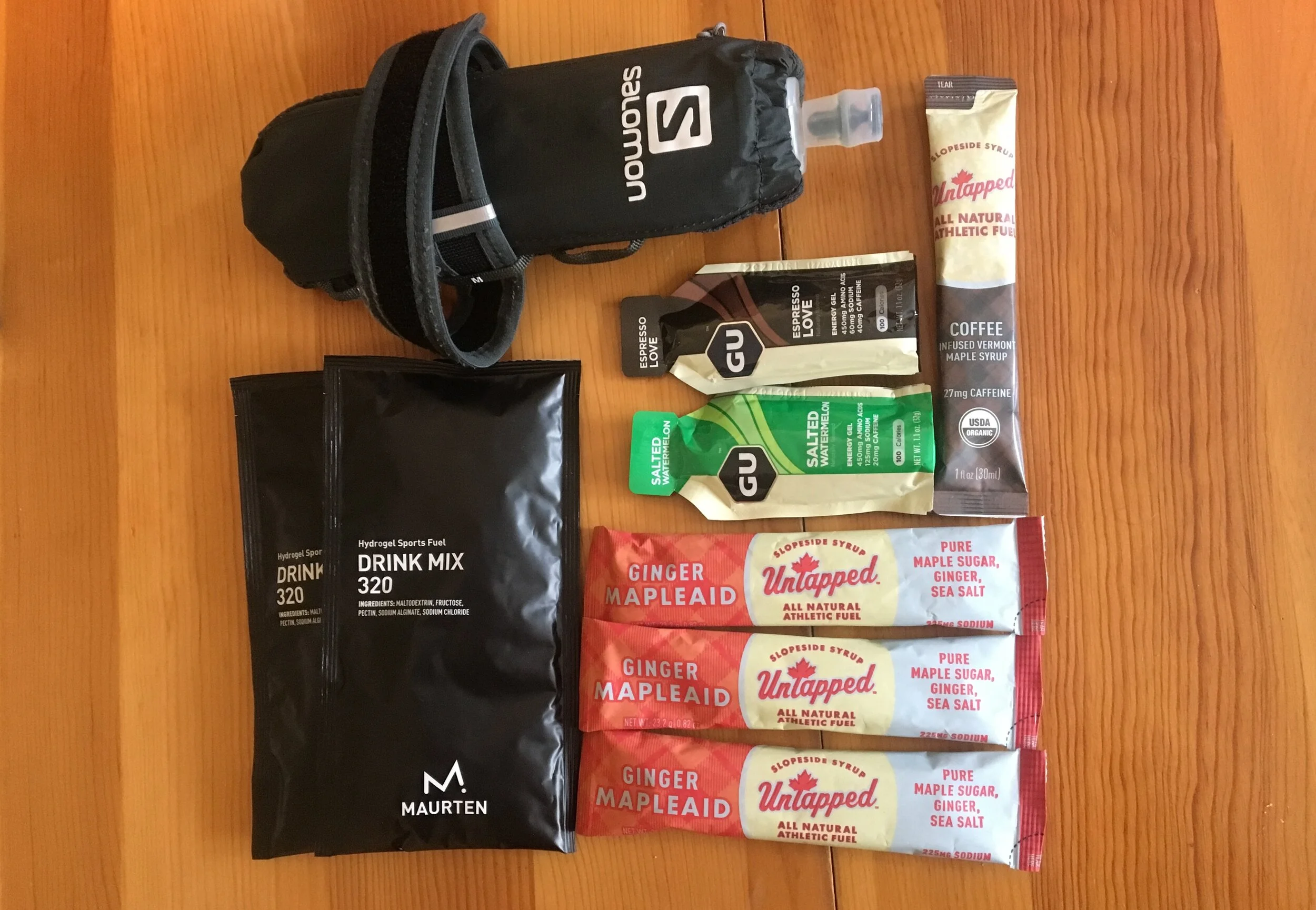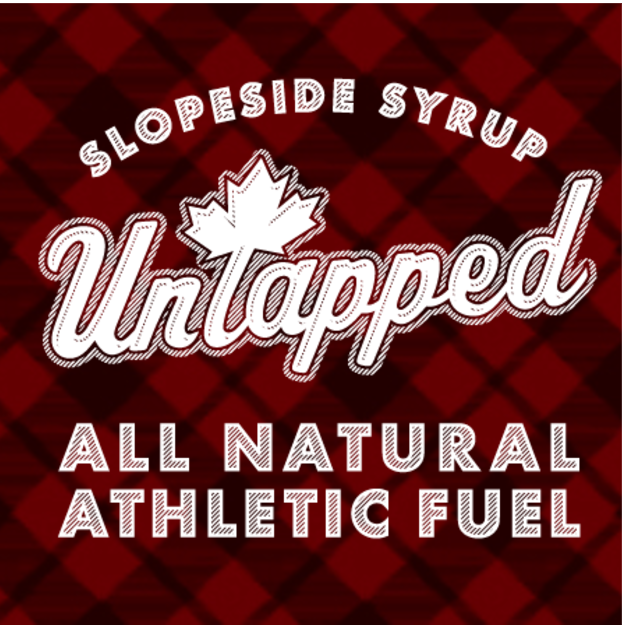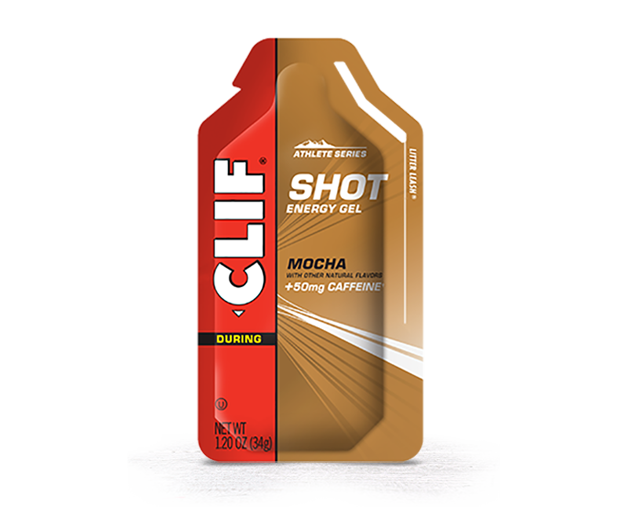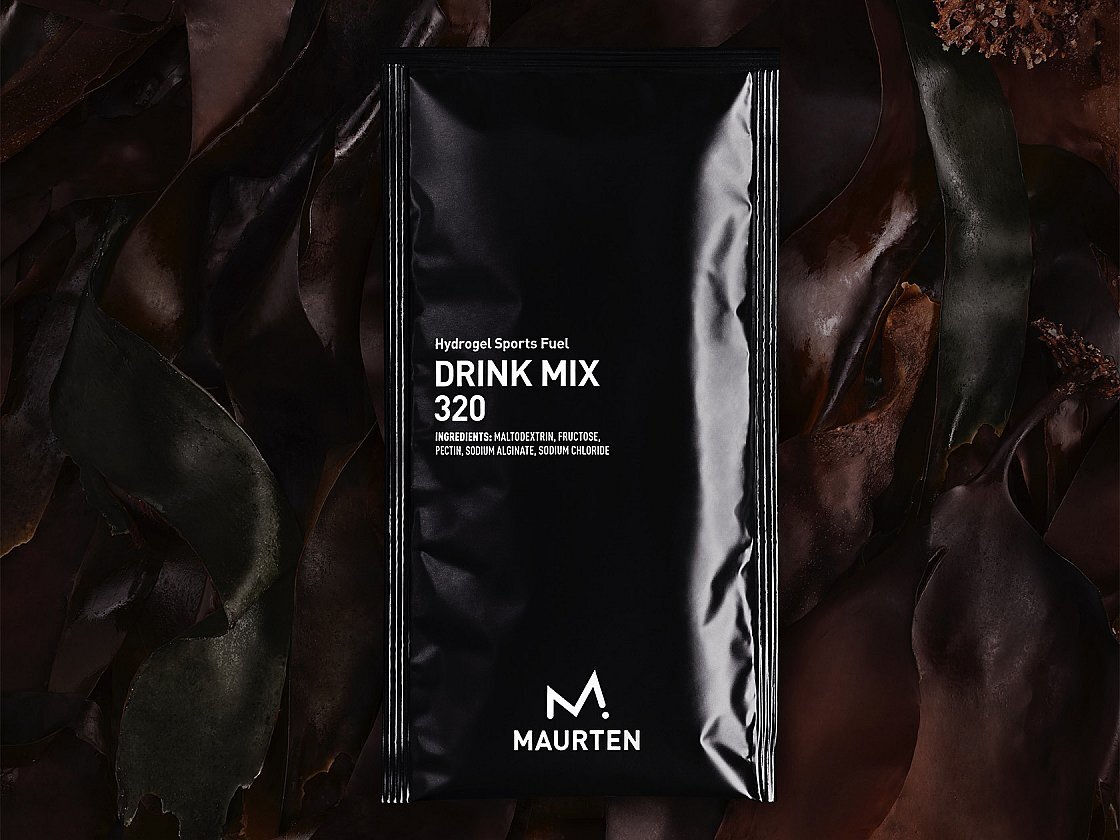Marathon Fueling Thoughts
Fueling for the marathon can be a challenge. A marathon is a long way to run, and run hard, making the fueling challenge one well worth tackling. Figuring out what fueling plan works best for you and your body should be an integral part of your marathon training plan. As every athlete knows - don’t try something on race day that you haven’t done before. Your fuel plan directly impacts your performance, and a fuel plan gone wrong has the power to ruin a race.
Case in point: For my marathon build-up this past fall, I planned to start experimenting with different fueling options in the two months prior to race day. Other issues, however, arose during the build-up and shifted my focus away from fueling experimentation. When race week arrived, I decided I ought to just stick with what I knew: GU energy gels and straight-up water. Around mile 16 my stomach started rejecting this combination, and it dawned on me that perhaps I hadn’t given my fuel plan the attention it deserves. GUs and water had gotten me through many long runs and workouts in the past, but it clearly wasn’t enough for running a hard 26.2 miles.
While it ultimately didn’t ruin my race, it did impact how I felt in the last six miles, that dreaded final 10k for many new marathoners. My water and GU regimen was severely lacking in one critical element: electrolytes. At mile 21 I could tell my body was fading and craving something other than GU and water. That’s when the second light bulb hit - where are my electrolytes? I had a mini panic, and at the next feed station I grabbed some of the race-provided drink, Nuun. I had tried Nuun in the past and knew it didn’t sit well with me, but I was desperate so I drank some anyways. Not only did I try something I hadn’t practiced in training, I took something I already knew did not sit well in my stomach.
I walked away from the race feeling foolish about by fueling. I recognize now how lucky I was to have kept any significant bonking or GI distress at bay. As I began my current marathon training cycle, I committed to investing more time and thought into finding the right fueling strategy.
So what am I fueling with this time around?
Maurten Drink Mix 320. Maurten has been recommended to me by many people over the last year, but I hesitated because of the high price point. I finally ordered some to give it a go. After a couple of Maurten-fueled runs, it seems like it’s worth the investment. Maybe it’s partly the hype and placebo effect, but it’s worth checking out the science behind the fuel. I’ll be drinking the Maurten 320 on race day.
UnTapped Ginger Mapleaid. I’m a huge Untapped fan, and used their Ginger Maple Aid drink mix and maple syrup packets on most of my long runs in this training build-up. The Ginger Maple Aid isn’t as substantial as Maurten 320 so I won’t be using on race day, but highly recommend for long training sessions.
Clif and GU energy gels. I love GU energy gels, and always have. Clif gels are the race-provided fuel for Trials, so I did some workouts with Clif and liked them. While I may not love the taste quite as much as GU, I am planning to use Clif gels in the race so I don’t have to carry too many gels. I will also carry an emergency GU, just in case!
Learn from my mistakes - do what you can to not put yourself in a desperate position mid-race! While I am clearly no expert, here are some things I would encourage you to consider:
Practice is key. Try, fail, and try again. It will be worth it on race day.
Get yourself some electrolytes! Replenishing electrolytes keeps your body’s water balance in check as you sweat electrolytes out during the race. Remember those last six miles...
BYOF: Bring your own fuel. Carrying your own fluids and gels rather than relying on race feeds allows you to skip the often hectic feed zone exchanges. I am planning to start the Olympic Trials with a hand-held bottle to avoid crowded feed stations for the first half of the race.
Fuel before you fade. Be sure to consume your drinks and gels before you feel thirsty or hungry. In general, I’ve found teaching my body to consume and process as much fuel as possible for long sessions is beneficial.
There are so many options out there, how is a runner to choose? Sample them a bunch! Just because one works well, doesn’t mean there isn’t something that may work better for you - or that it will work in all the conditions you encounter. Some things are great in the heat, and not so in the cold.
Most importantly, don’t panic if things go awry. We can plan as much as we want, but we can’t control how our body will respond to different race conditions or situations. Do what you can, and trust in all of the training you’re body has achieved to get you there.
Stay tuned - I’ll send out a second round of fueling thoughts next month after this weekend’s marathon!




